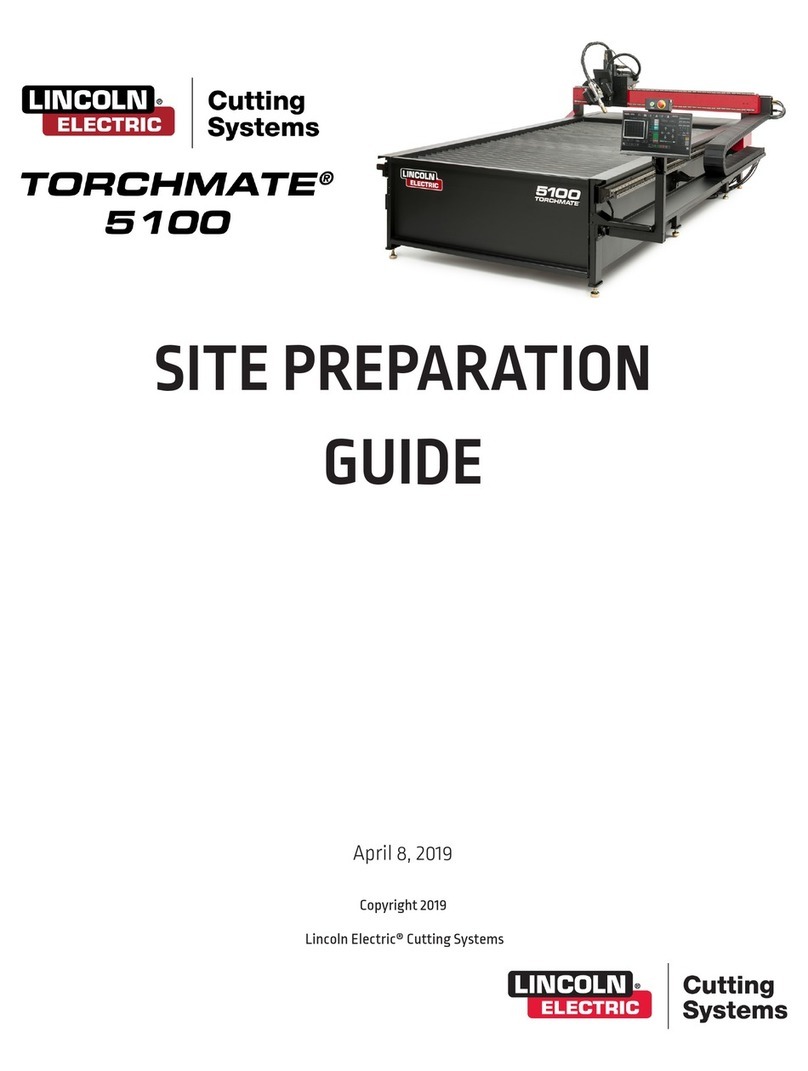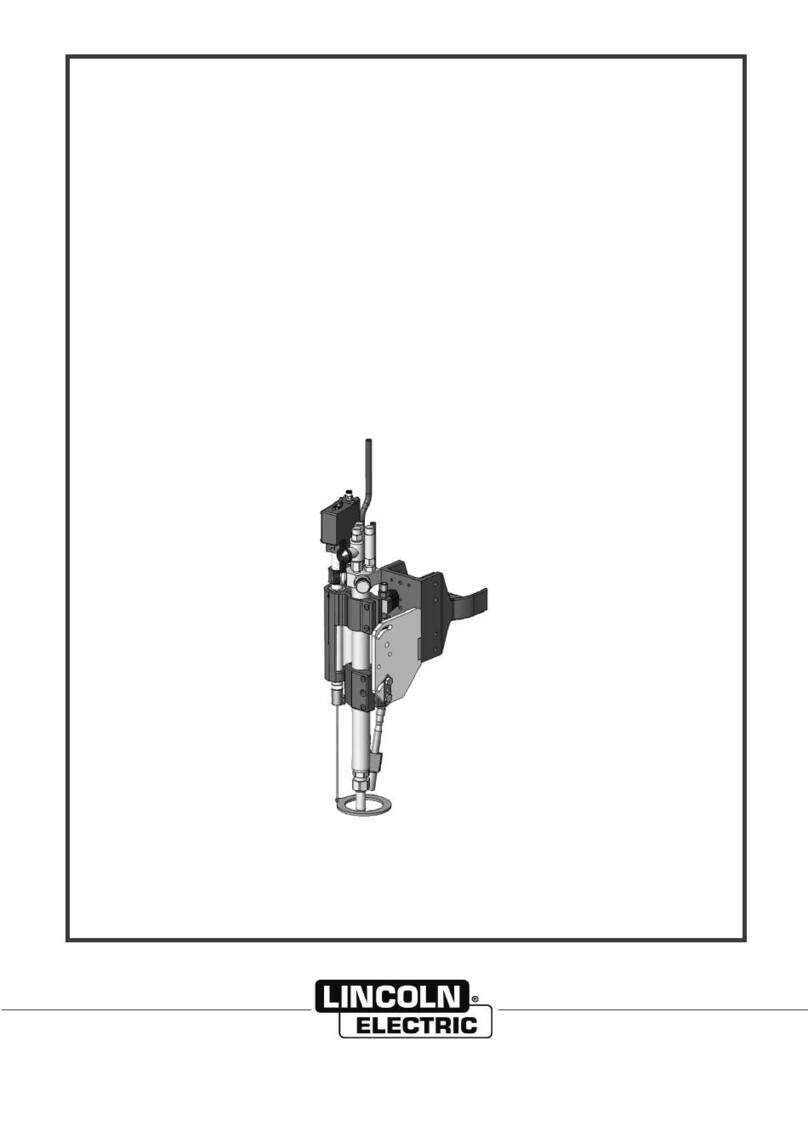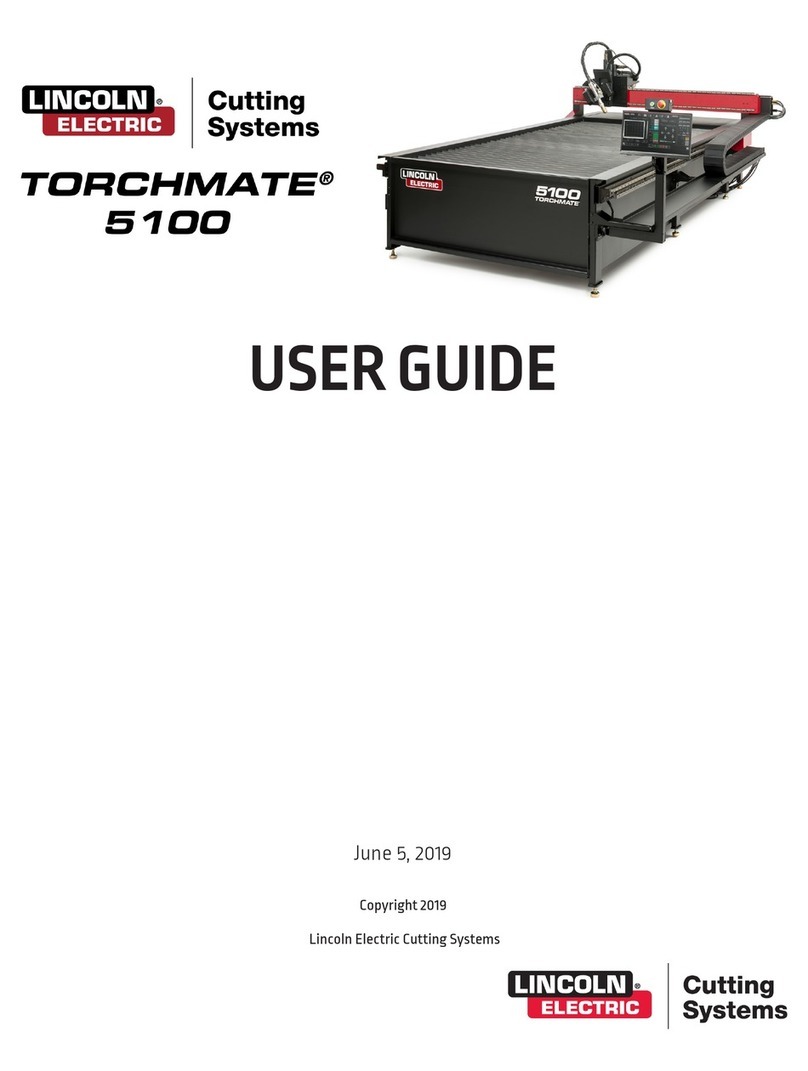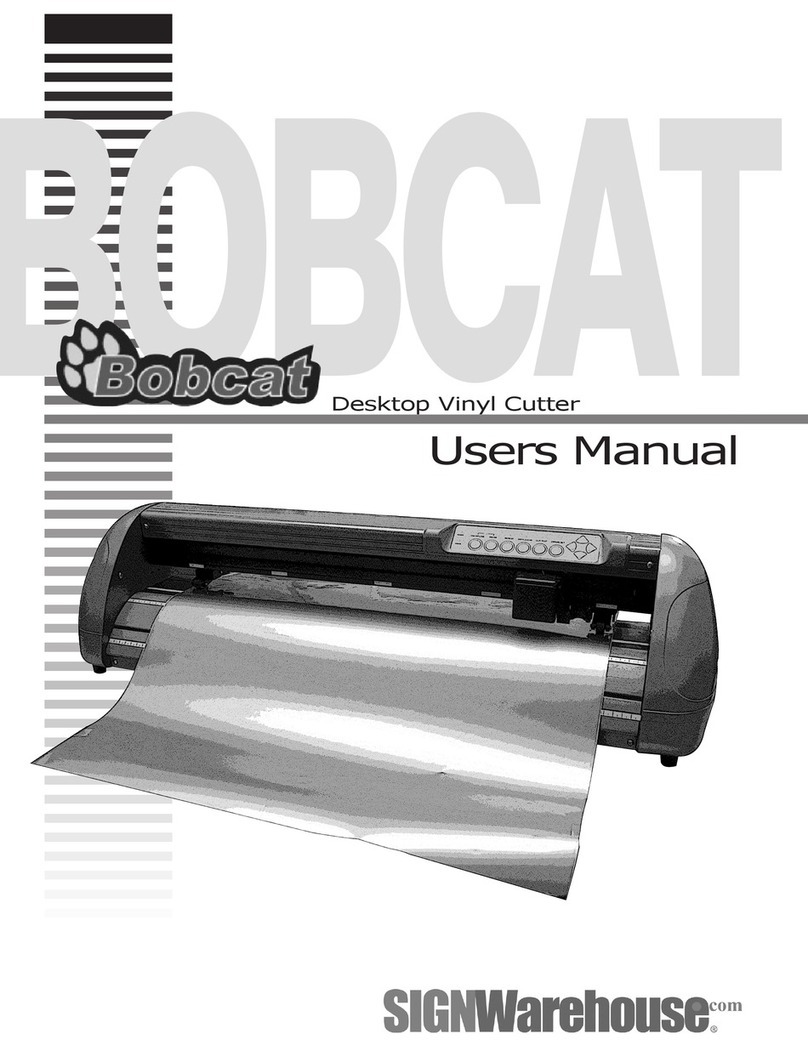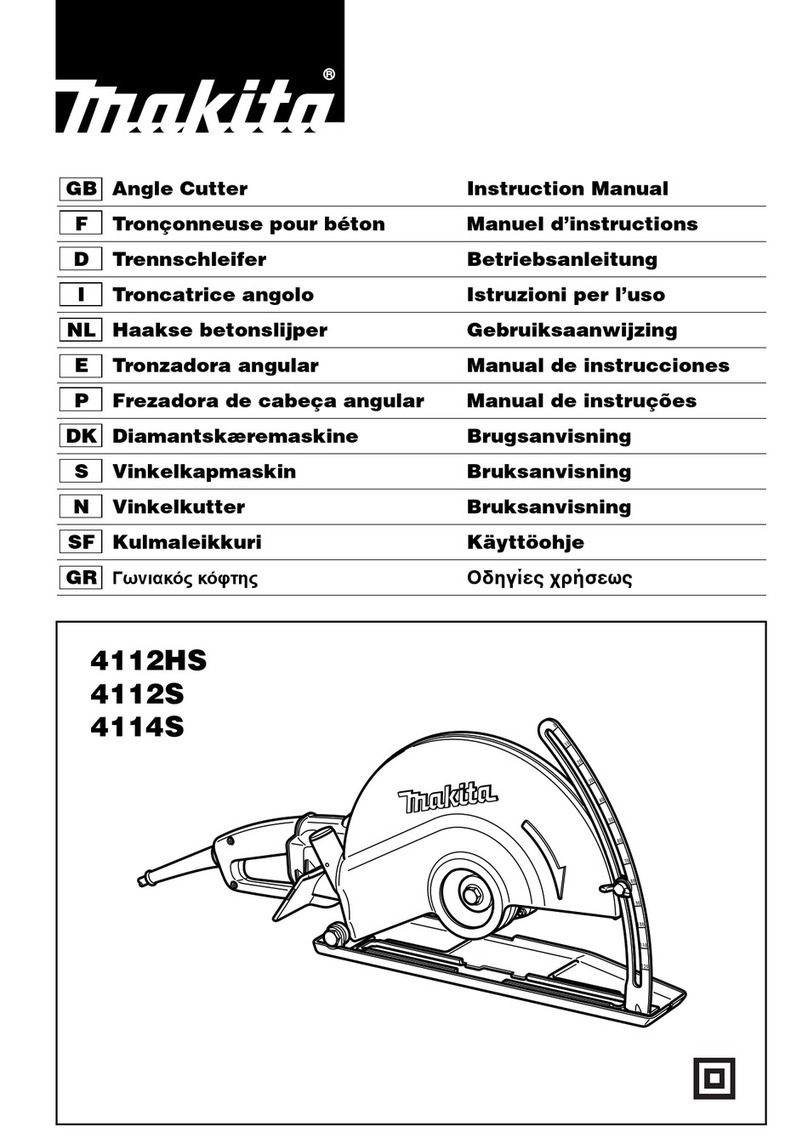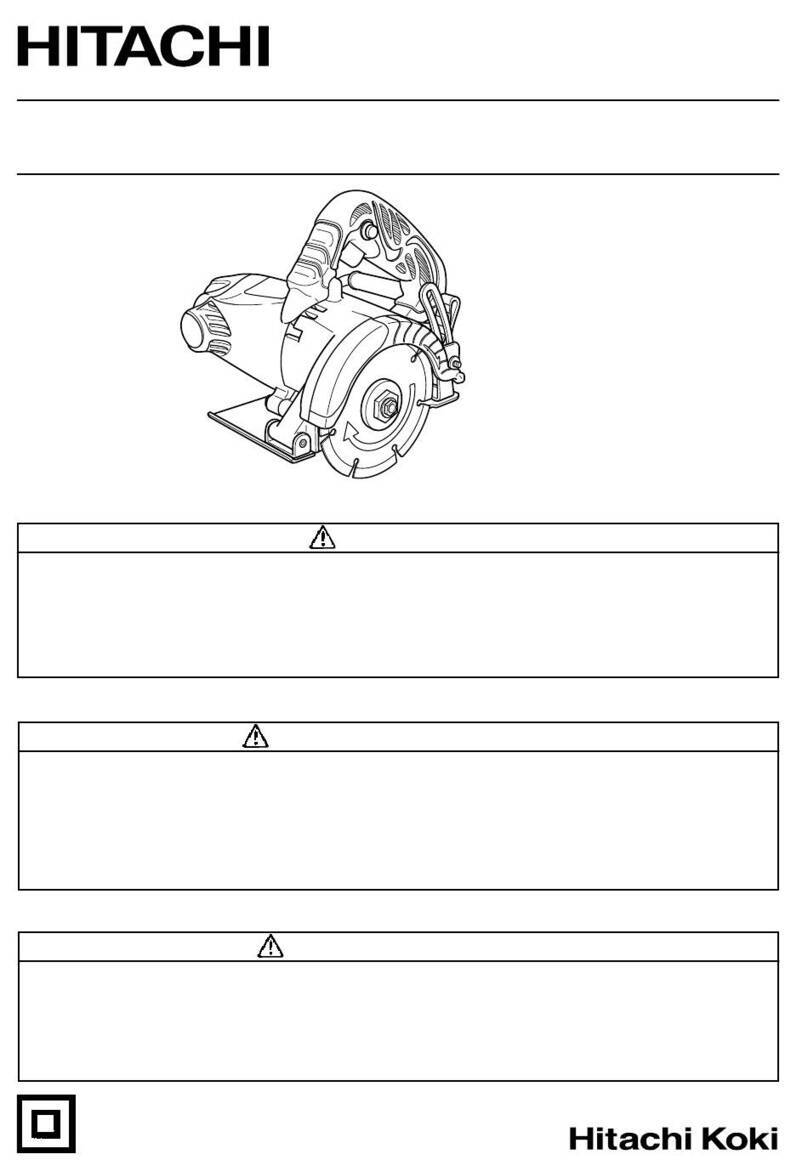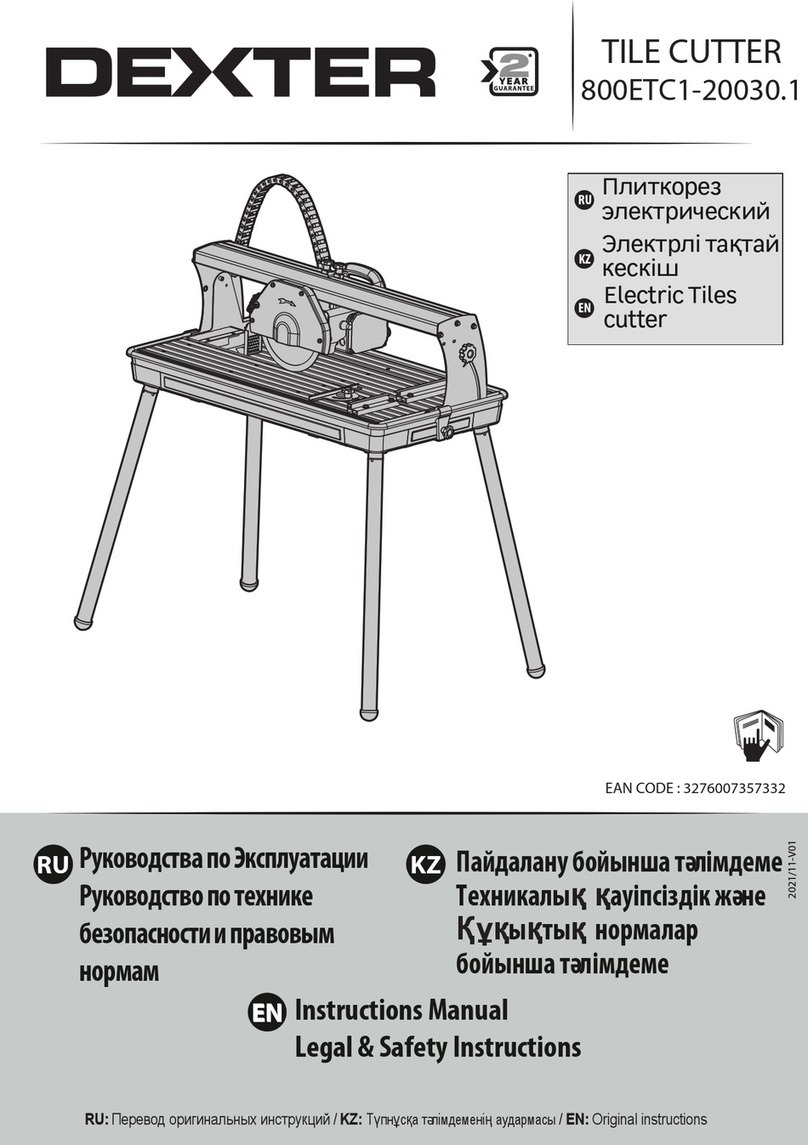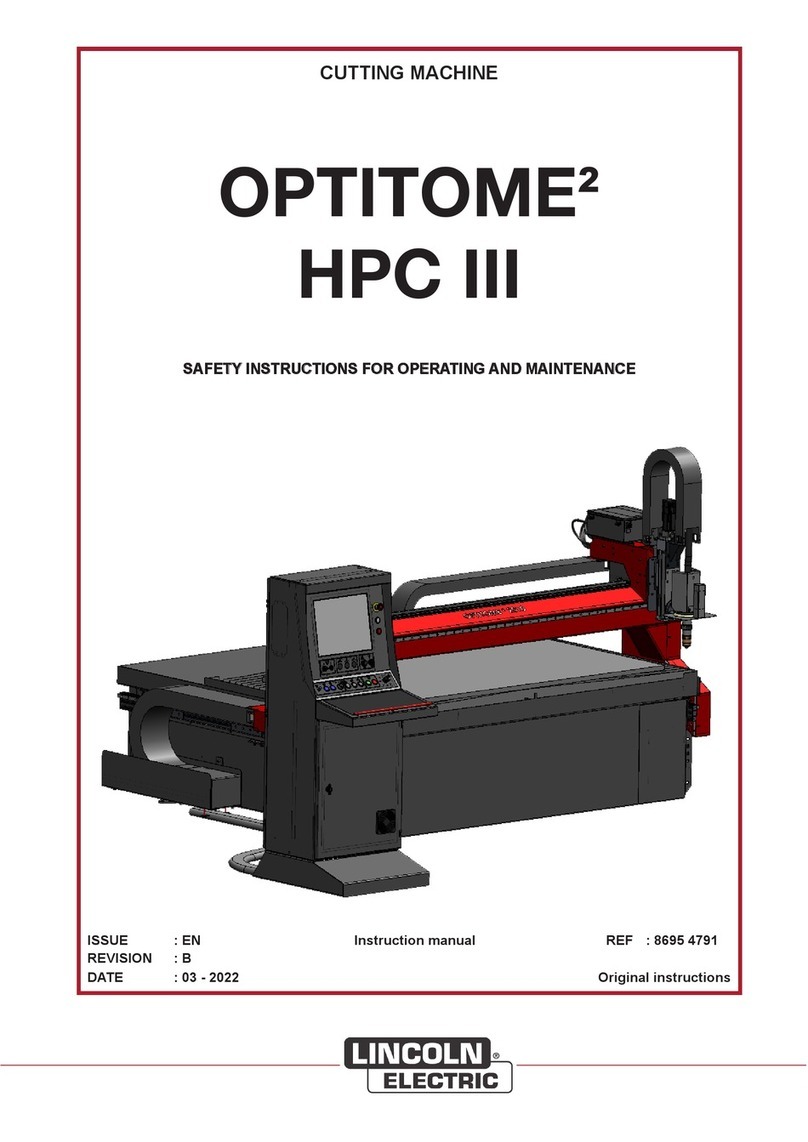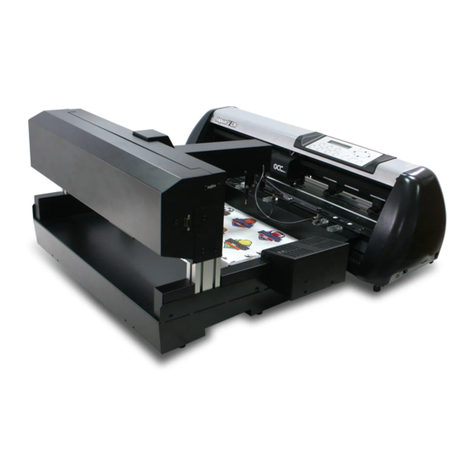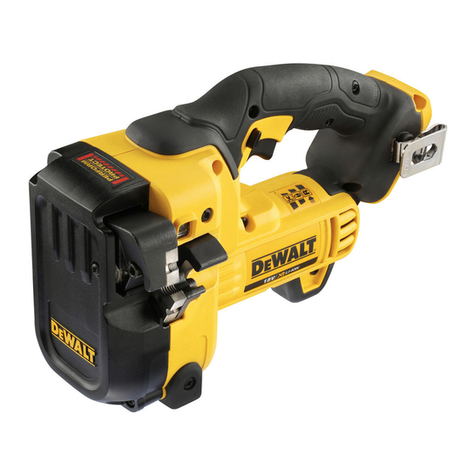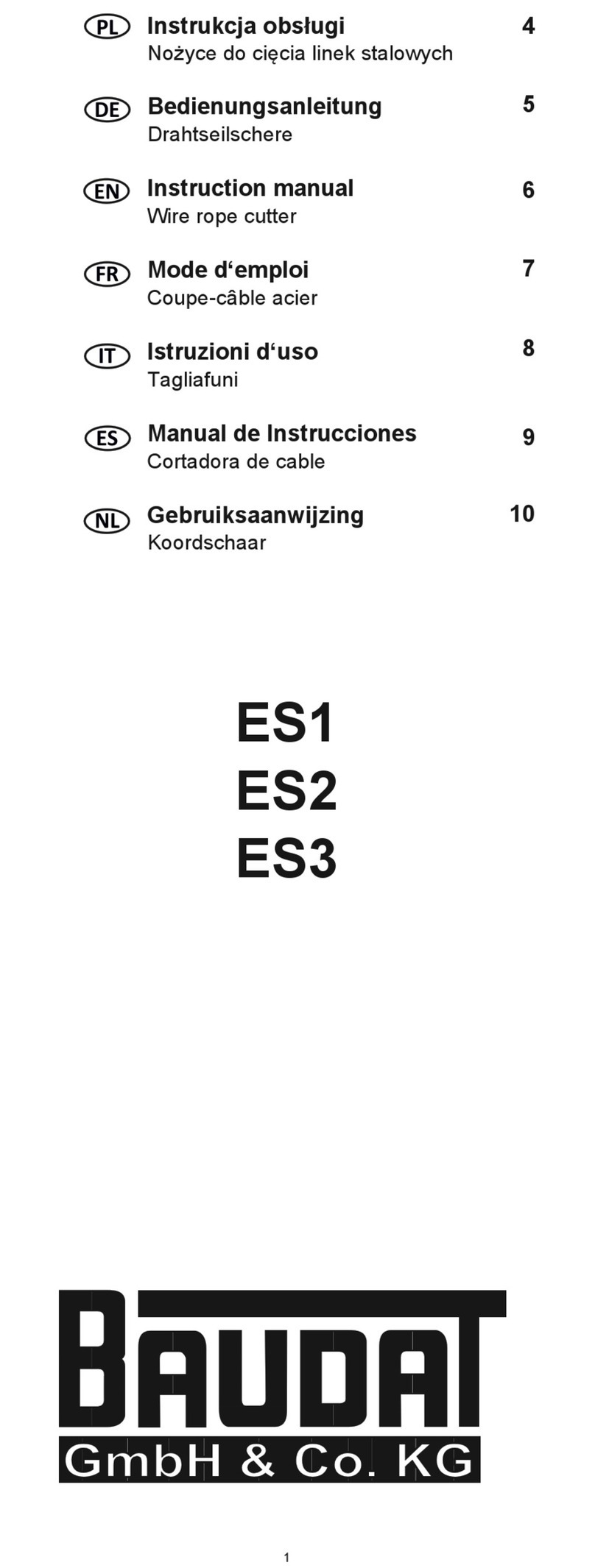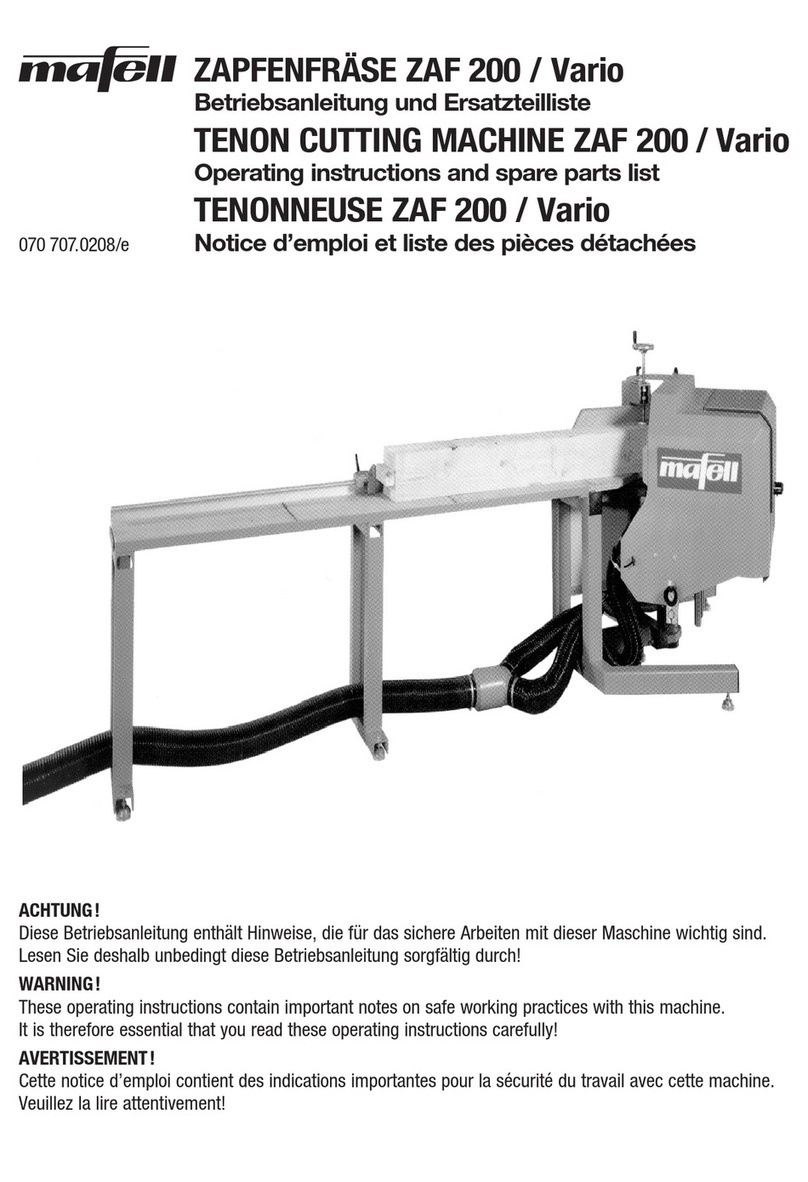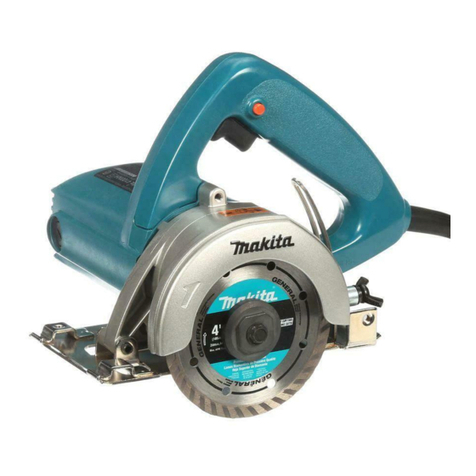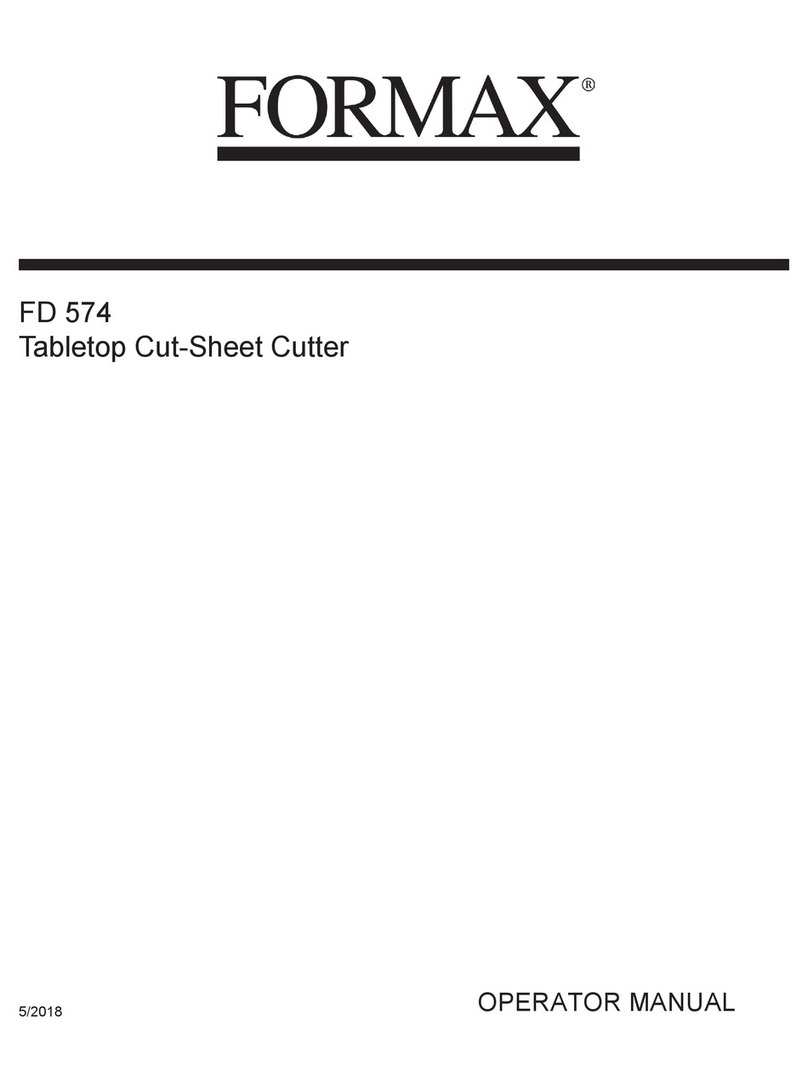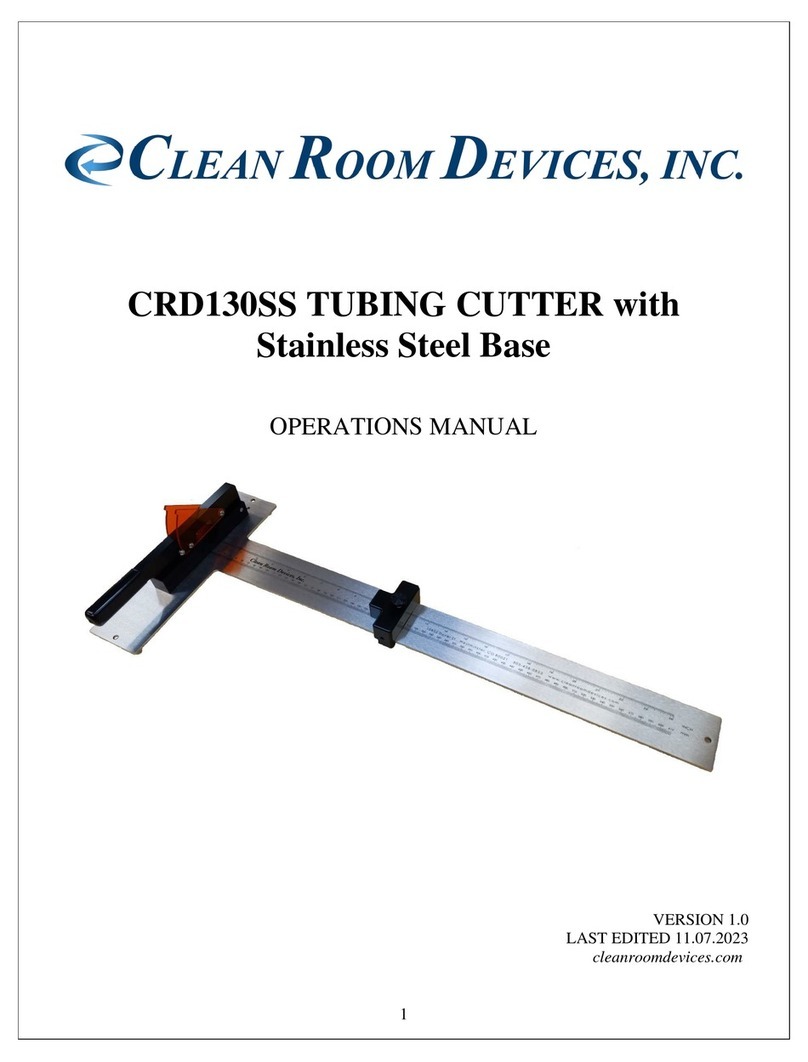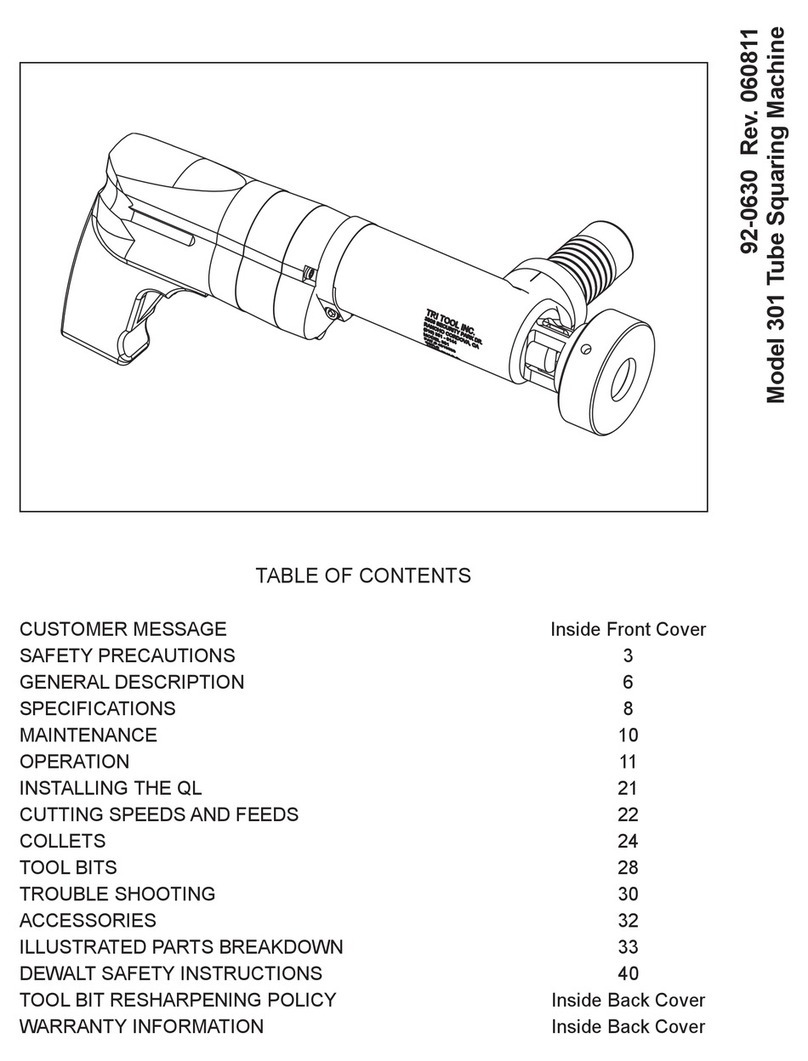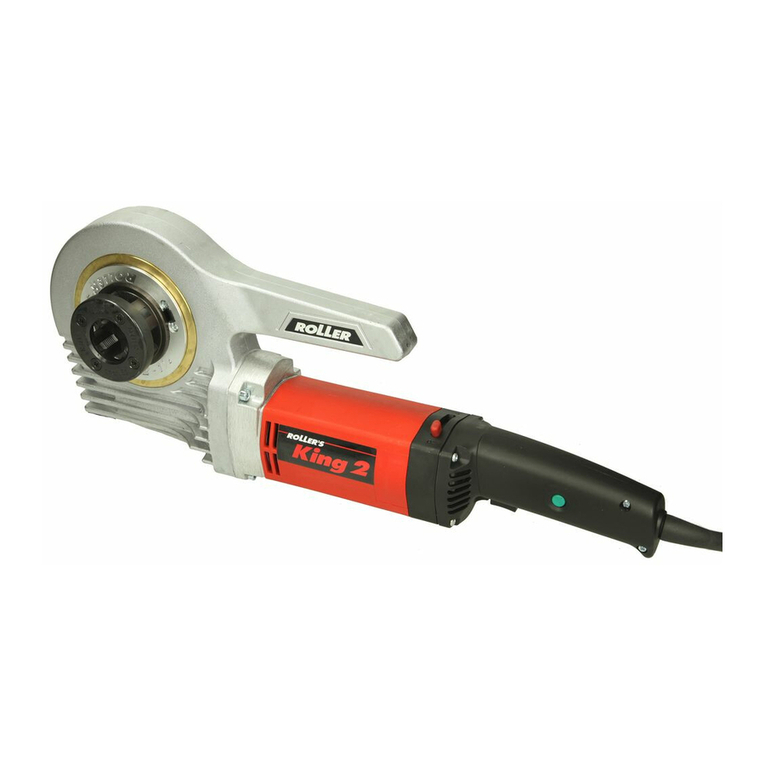
Page 2
Torchmate 4400/4800
FUMES AND GASES can be dangerous:
• Plasma cutting or gouging may produce fumes and gases hazardous to health. Avoid breathing these fumes and gases.
When cutting or gouging, keep your head out of the fumes. Use enough ventilation and/or exhaust at the arc to keep
fumes and gases away from the breathing zone.
• Use an air-supplied respirator if ventilation is not adequate to remove all fumes and gases.
• When plasma cutting or gouging on lead or cadmium plated steel and other metals or coatings which produce highly
toxic fumes, keep exposure as low as possible and within applicable OSHA PEL and ACGIH TLV limits using local exhaust or
mechanical ventilation. In conned spaces or in some circumstances, outdoors, a respirator may be required.
• Additional precautions are also required when cutting (zinc) galvanized steel or materials containing or coated with any of
the following:
Antimony Beryllium Cobalt Manganese Selenium
Arsenic Cadmium Copper Mercury Silver
Barium Chromium Lead Nickel Vanadium
• The operation of plasma cutting or gouging fume control equipment is aected by various factors including proper use
and positioning of the equipment, maintenance of the equipment, and the specic procedure and application involved.
Worker exposure levels should be checked upon installation and periodically thereafter to be certain levels are within
applicable OSHA PEL and ACGIH TLV limits. For information on how to test for fumes and gases in your work place, refer to
publications section of this manual.
• Do not use plasma cutting or gouging equipment in locations near chlorinated hydrocarbon vapors coming from
degreasing, cleaning or spraying operations. The heat and rays of the arc can react with solvent vapors to form phosgene,
a highly toxic gas, and other irritating products. Remove all sources of these vapors.
• Gases used for plasma cutting and gouging can displace air and cause injury or death. Always use enough ventilation,
especially in conned areas, to insure breathing air is safe.
• Read and understand the manufacturer’s instructions for this equipment and follow your employer’s safety practices.
• This product, when used for cutting, produces fumes or gases which contain chemicals known to the State of California to
cause birth defects
• Some dust created by routing, sawing, grinding, drilling, and other construction activities contains chemicals known to
cause cancer, birth defects or other reproductive harm. Avoid prolonged contact with this dust. Wear protective clothing
and wash exposed areas with soap and water. Allowing dust to get into your mouth, eyes, or lay on the skin may promote
absorption of harmful chemicals.
Some examples of these chemicals are:
• Lead from lead-based paint.
• Crystalline silica from bricks and cement and other masonry products.
• Arsenic and chromium from chemically-treated lumber (CCA).
Your risk from these exposures varies, depending on how often you do this type of work. To reduce your exposure to these
chemicals: work in a well ventilated area, and work with approved safety equipment, such as those dust masks that are
specially designed to lter out microscopic particles.
FOR ELECTRICALLY powered equipment:
• Turn o input power using the disconnect switch at the fuse box before working on the equipment.
• Install equipment in accordance with the U.S. National Electrical Code, all local codes and the manufacturer’s
recommendations.
• Ground the equipment in accordance with the U.S. National Electrical Code and the manufacturer’s recommendations.


